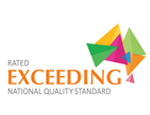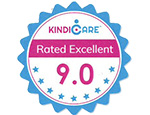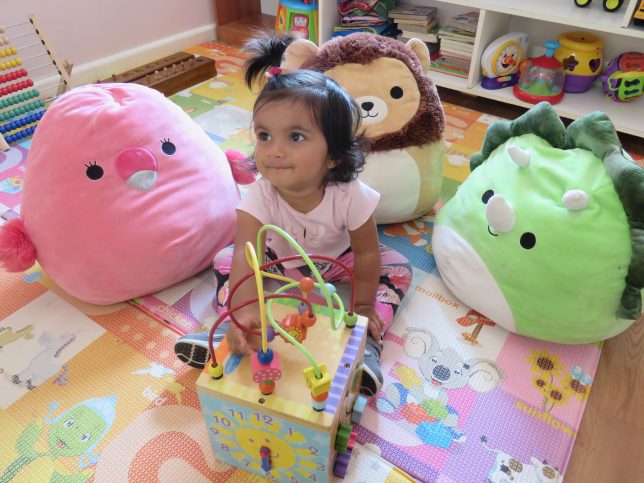Child Care Subsidy Estimator
In July 2018, the Federal Government
introduced a new Child Care Package to bring more support to more
families across Australia.
The package replaced the Child Care Benefit and the Child Care Rebate with a single, means-tested Child Care Subsidy.
The new subsidy includes changes to the annual cap which will make child care more affordable for most families.
Each family could be affected differently by the new package. To find out how it affects you, please click here to estimate the subsidy you could expect. Furthermore, you could call us on 0296310244 for further assistance.
What you need to know about the Child Care Subsidy?
There are three key factors that determine how much Child Care Subsidy families may receive:
- Your combined family income – how much families earn
- The activity level – how much families work, train, study or volunteer (for each parent)
- The fees charged by the child care service
Key facts about the Child Care Subsidy
Combined family Income
- Families earning $66,958 or less receive a subsidy of 85%. (up to the rate cap of $11.77 per hour).
- For families earning between $66,958 and $171,958, the subsidy gradually tapers down from 85% to 50%, receiving 1% less for every $3000.
- Families earning between $171,958 and $251,248 will receive a subsidy of 50%.
- For families earning $251,248 to under $341,248, the subsidy gradually tapers down from 50% to 20%, receiving 1% less for every $3000.
- Families earning between $341,248 and $351,248 will receive a subsidy of 20%, while families earning $351,248 or more will receive no subsidy.
- The annual cap has been removed entirely for families earning less than $186,958 a year. For families earning more than $186,958 a year the cap has been be lifted to $10,190 per child per year.
Activity Test
- In two parent families, both parents must engage in recognised activity for at least 8 hours a fortnight to be eligible for the subsidy (unless exempt).
- Recognised activities include but are not limited to: paid work (including leave), approved study or training, actively seeking work, volunteering and self-employment.
- Depending on how much families are working, studying or doing any other approved activity families can access up to a maximum of 100 hours of subsidised care per fortnight.
General Information
- New hourly rate cap of $11.77 per hour subsidy has been implemented for centre-based services which the Government will use when determining your level of subsidy. However, your child care service may charge above or below this amount. The Government will use the lower amount to calculate any subsidy entitlement.
- The subsidy will be paid directly to child care providers in most cases, and therefore, you only pay the difference between the fee charged by your service and the amount subsidised by the Government.
- The government withholds 5 per cent of your weekly Child Care Subsidy entitlement. Following reconciliation of your tax return at the end of the financial year, any amount owing to you will be paid as a lump sum by the government. If you have been paid too much Child Care Subsidy, you will have a debt to repay.
- A new Additional Child Care Subsidy (ACCS) has replaced the Special Child Care Benefit, JETCCFA and Grandparent Child Care Benefit. The ACCS provides a higher level of subsidy than the regular Child Care Subsidy, in recognition of the circumstances the child and/or family is facing.
- 24 hours of subsidised care per fortnight will be available for children from families on a combined income less than $66,958 pa who do not meet the activity test requirements.




Recent Comments